
WIRELESS CHARGING IN THE NEWS
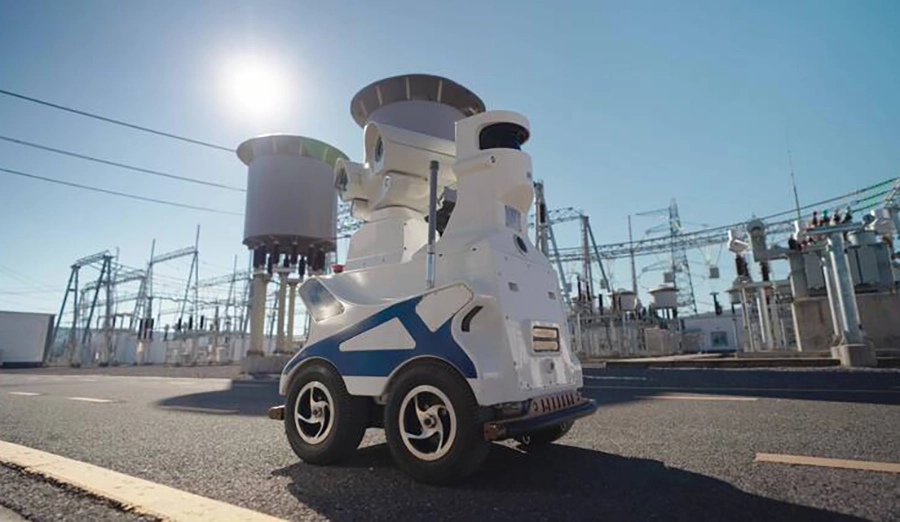
Choosing centimeter-level free wireless charging is injecting "sustainable energy" into your intelligent inspection system! Let the inspection robots break free from the last energy constraint and truly achieve an intelligent and unmanned revolution in power grid operation and maintenance through unwavering and ceaseless protection regardless of wind or rain! Now is the perfect time to usher in your own "never cut off power" era!

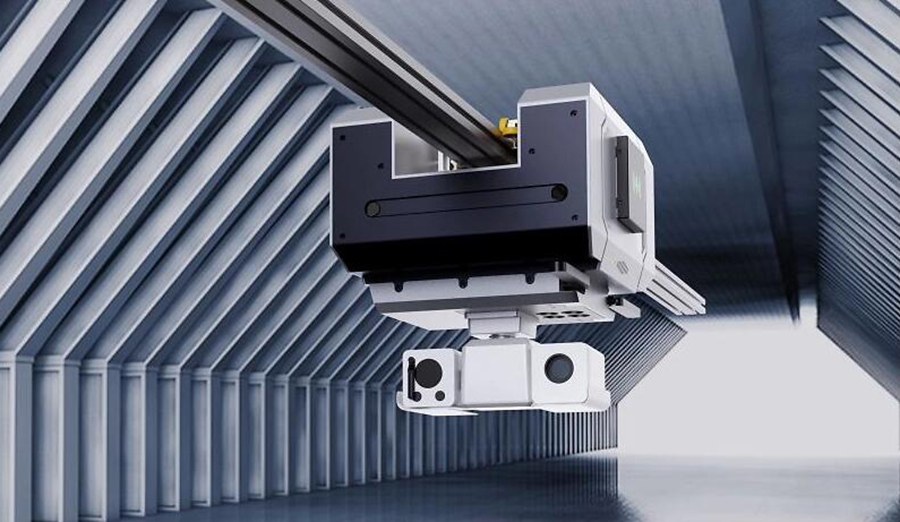
It is not only an upgrade in technology, but also the cornerstone for the advancement of power inspection towards deeper unmanned operation, intelligence and high reliability. Embracing wireless charging is to build a safe, smooth and efficient "energy lifeline" for power inspection robots, unleash the unlimited potential of intelligent operation and maintenance, and truly usher in a new era of "never power outages" for power grid security protection!

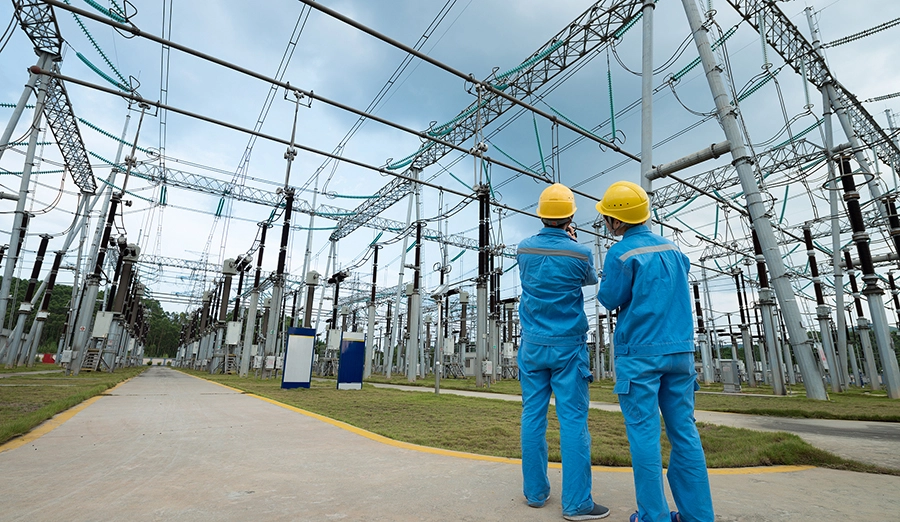
WIRELESSPT has specially designed an industrial-grade wireless charging solution for power inspection robots, covering a wide power range of 120W to 6000W to meet the needs of different models.

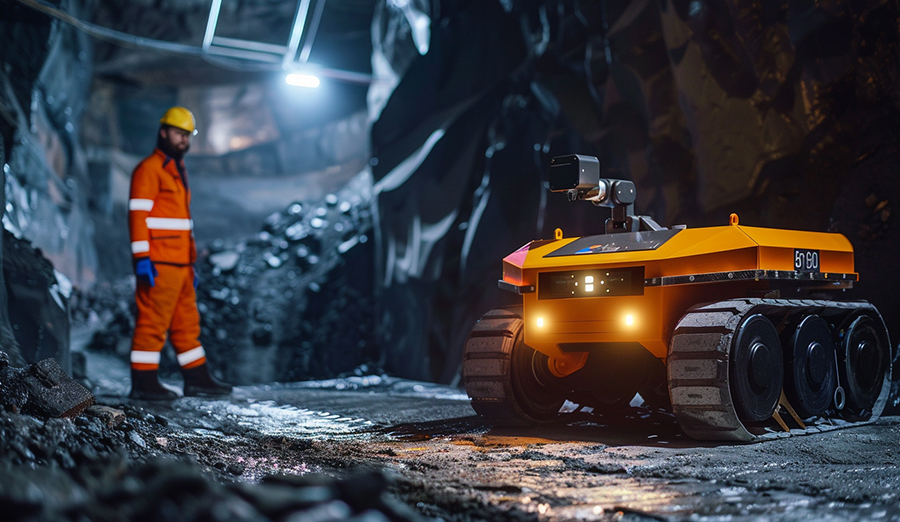
The underground environment of coal mines contains flammable and explosive gases such as methane and coal dust. Traditional charging methods are prone to generating electric sparks due to mechanical contact, posing a significant safety risk.

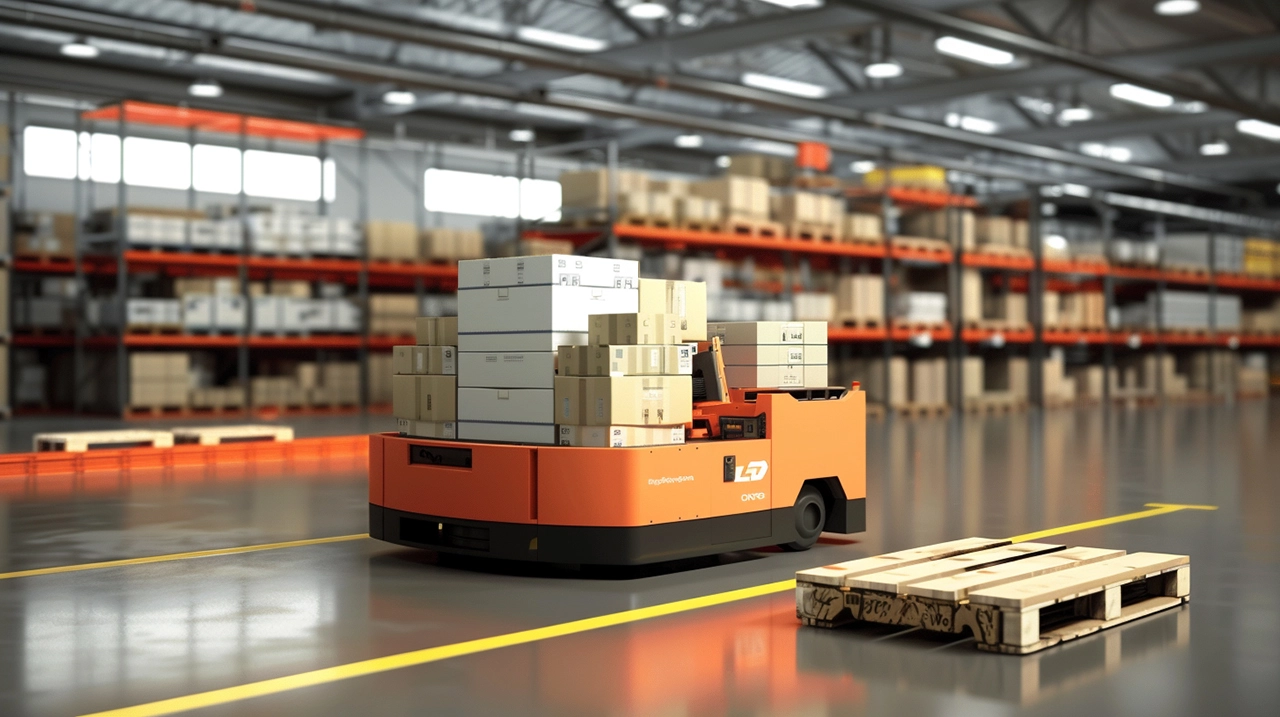
The rapid development of industrial automation and intelligent logistics is driving the AGV wireless charging system market into a period of high-speed growth.

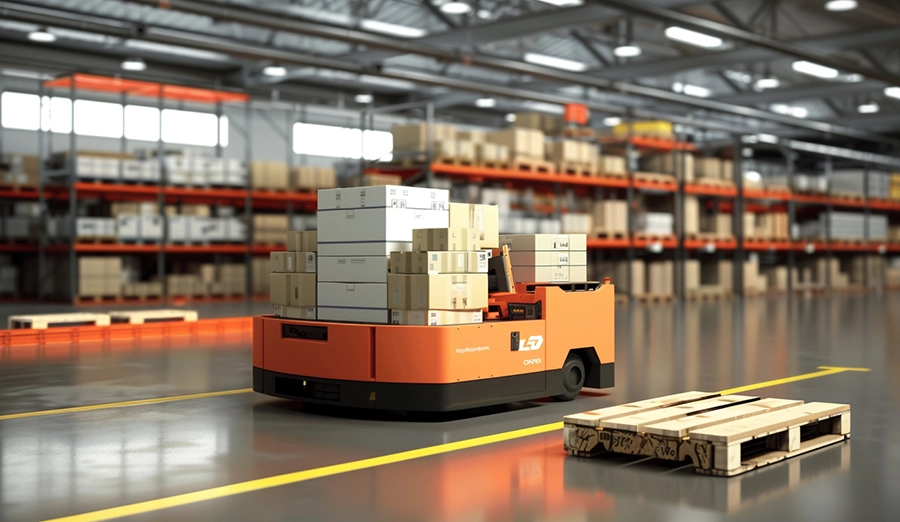
In automated ports and smart factories, AGVs can replenish energy through buried power rails without stopping - a scenario that is moving from concept to reality. Dynamic wireless charging technology breaks through the bottleneck of robot operation interruption through non-contact energy transmission, making the "uninterrupted" industrial operation mode possible.


Traditional plug-and-pull charging is prone to risks such as contact oxidation and spark explosion in dusty, humid or flammable environments. However, the new generation of wireless charging solutions has overcome these problems through three core technologies.


The magnetic coupling resonance technology of Yucheng Space-Time has proven its reliability in complex industrial scenarios. By precisely controlling the distribution of electromagnetic fields, it solves the core pain points such as difficult charging and positioning of robots and low energy efficiency. Through three-dimensional magnetic field topology optimization, it can maintain an energy efficiency of over 85% with a horizontal offset of ±10cm, adapting to the positioning error of AGV docking.

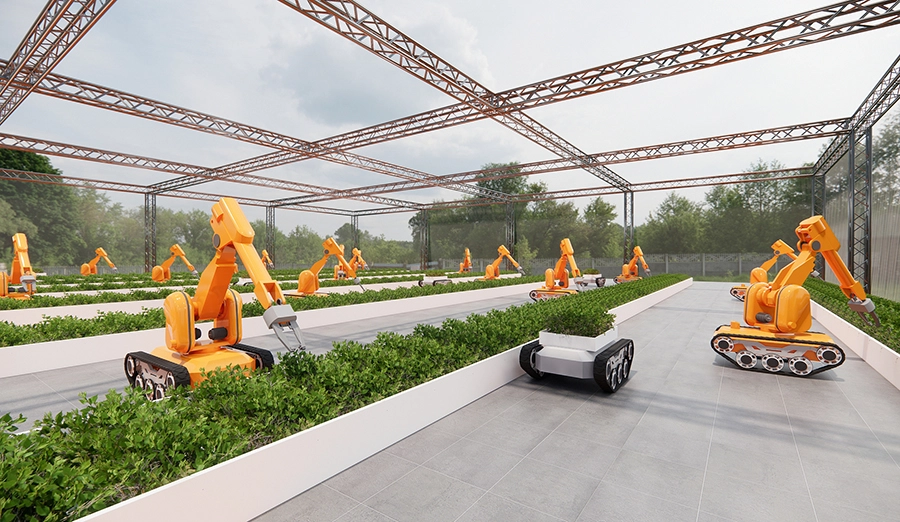
The contradiction between global population growth and the tightness of arable land resources is becoming increasingly acute. Agricultural robots have become the core force in the transformation of modern agriculture.

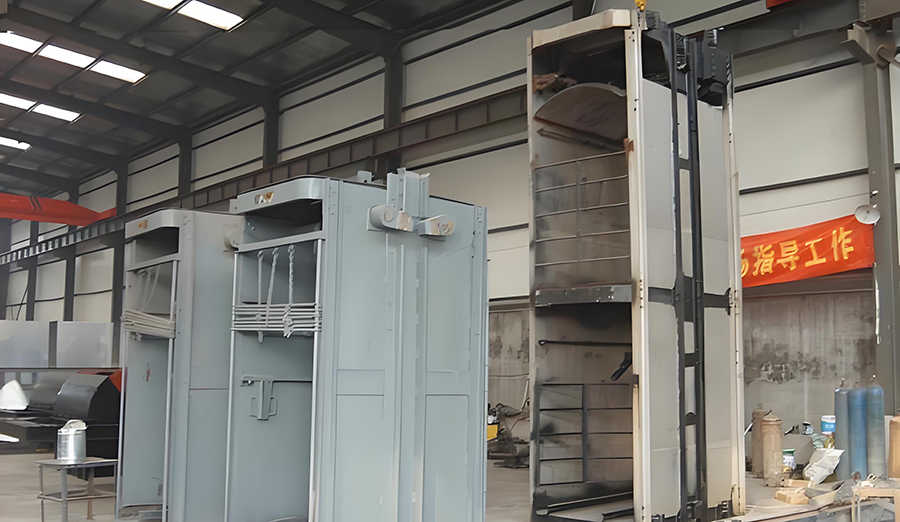
With the continuous improvement of industrial automation and intelligence levels, cage hoists, as important equipment in fields such as mining and construction, have received increasing attention for their operational efficiency and safety.


With the rapid development of Industry 4.0, dark factories (i.e., fully automated and unmanned factories) have become an important symbol of the intelligent transformation of the manufacturing industry.

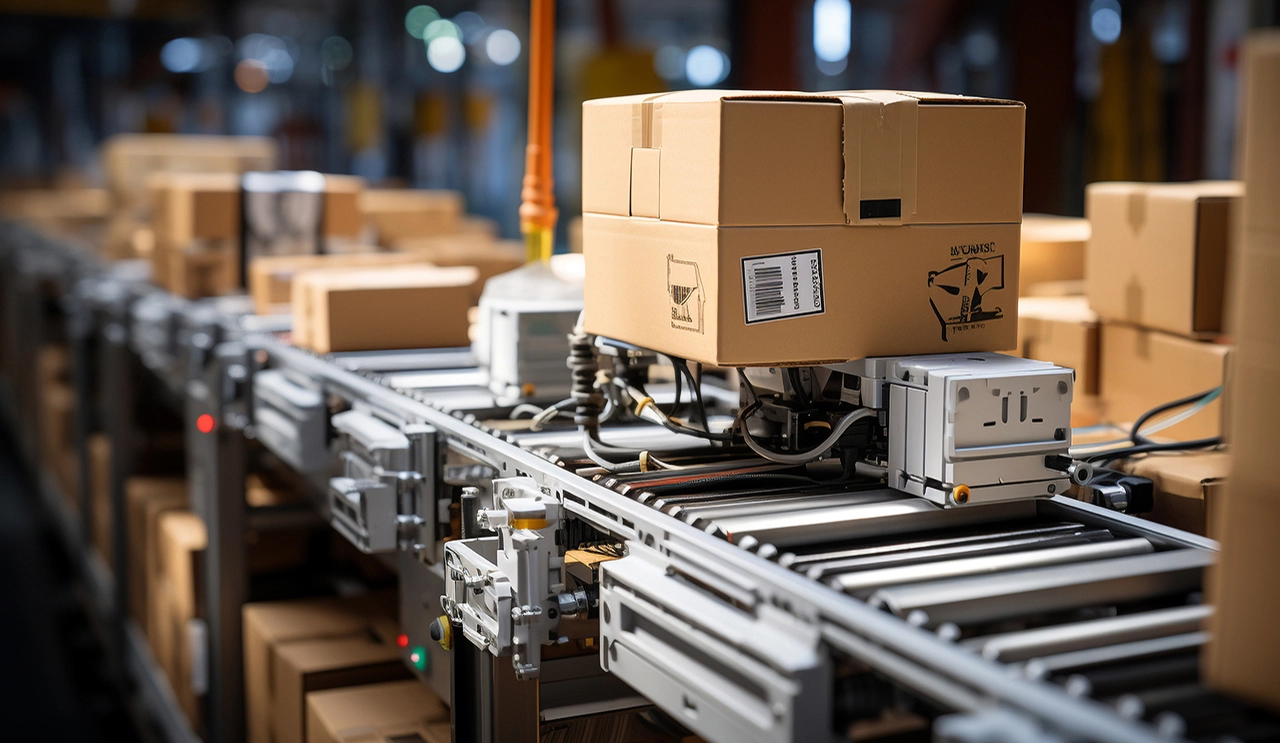
With the in-depth advancement of Industry 4.0, intelligence and automation have become the core driving forces of modern industry. Against this backdrop, wireless charging technology, with its unique advantages, is reshaping industrial scenarios, from dark factories to explosion-proof workshops, triggering a safety revolution.
